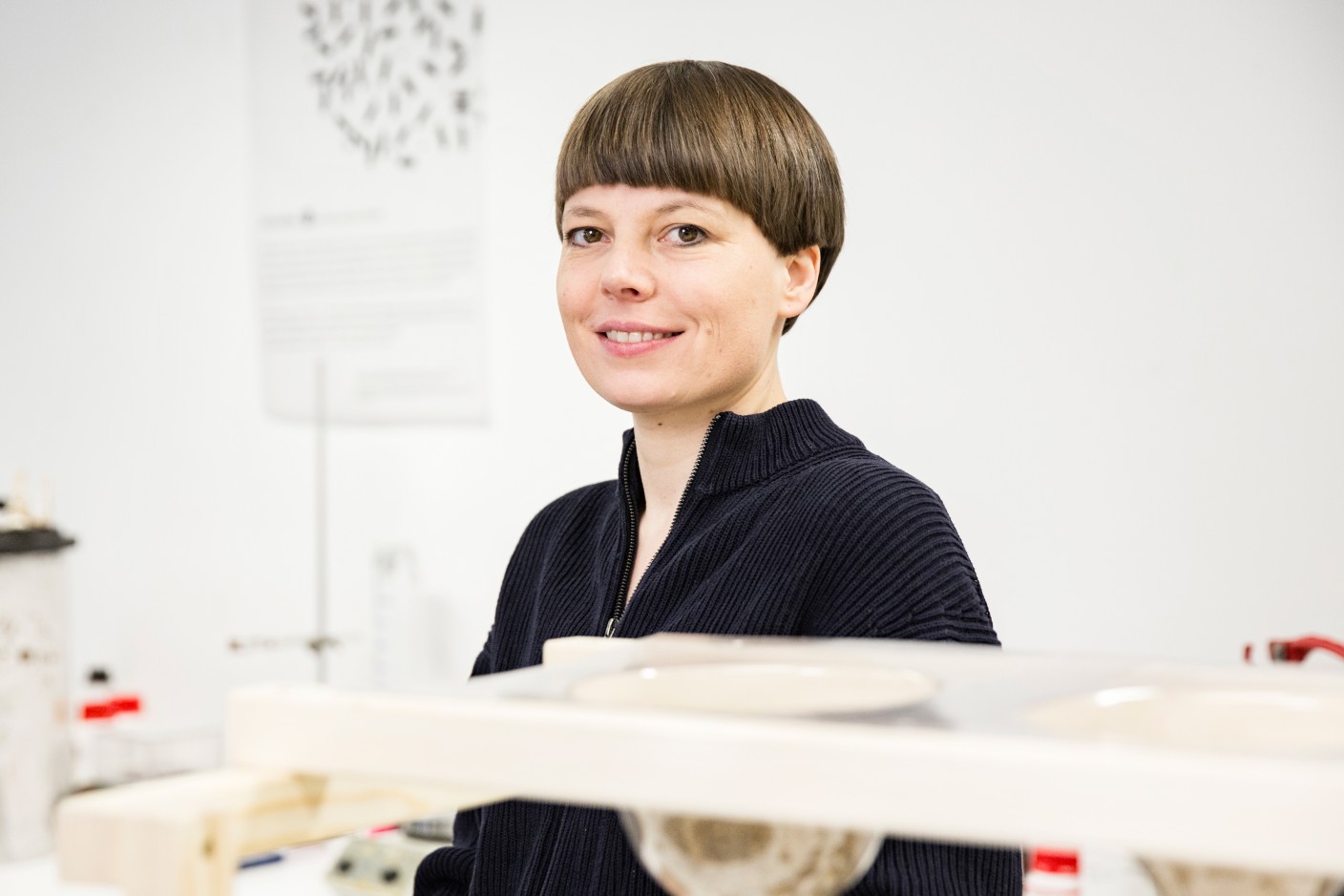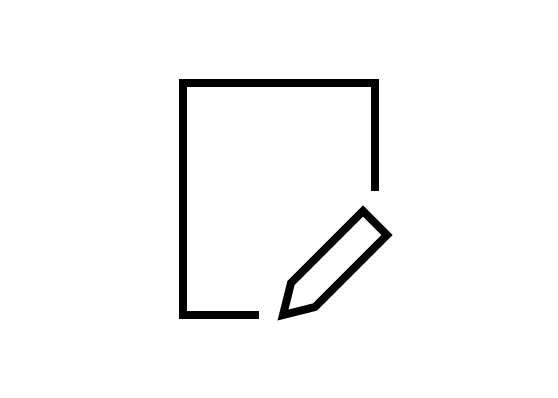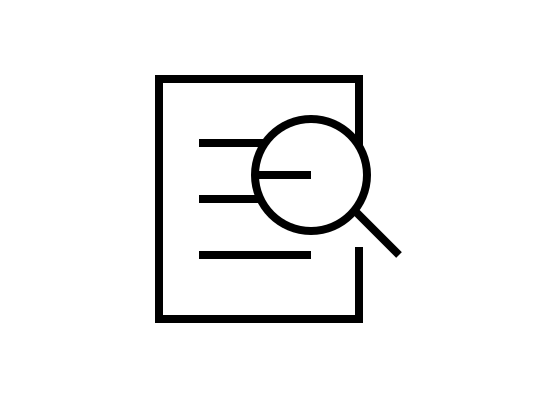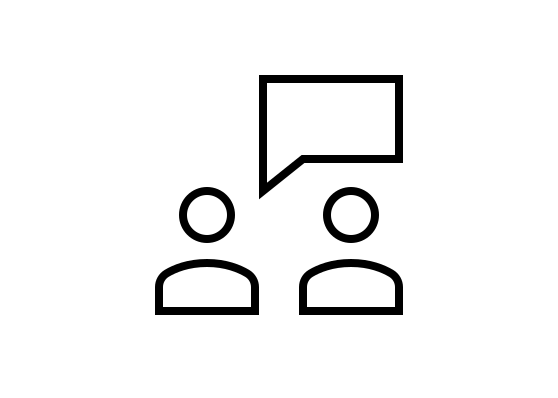
Deciding which projects will ultimately be awarded with the German Ecodesign Award is no easy task given the large number of promising submissions. The jury session is therefore preceded by an initial selection process in which experts from the German Environment Agency together with the Advisory Board consisting of designers and scientific experts, examine whether and to what extent the high design and environmental standards are met.
In addition to their professional view of the submitted entries, the members of the Advisory Board act as multipliers. They help to anchor the topic of ecodesign in teaching and in their industries and to make the competition better known. Mareike Gast is professor of industrial design, materials and technology-based product development at the Burg Giebichenstein University of Art and Design Halle and explains in a short interview what she looks for in her evaluation.
Please tell us a little about you and your work. What do you do, what drives you in your daily job?
I am an industrial designer with a fascination for materials, technologies and sustainability. Material- and technology-based product development is the focus in which I have been teaching as a professor at Burg Giebichenstein in Halle since 2016. To put it casually, the lectures and design projects initially aim to convey a basic understanding of materials, technologies and sustainability. This knowledge of the wide range and underlying potential and risks of materials and technologies can be incorporated into the students' designs at an early stage. Ultimately, however, the aim is to go far beyond this - namely, to shift contexts and to explore new boundaries - for example, to process a material in a rather unusual technology or to develop new usage strategies in order to enable applications, for example, with regard to recyclability. This requires a courageous and experimental approach. In the best case, this happens not in a quiet chamber, but in an interdisciplinary discourse. I also see the discipline of design as an interface discipline that can bring together many other disciplines in order to translate the resulting potential into very concrete possibilities, i.e. products or concepts, so that these can then be discussed and applied.
As a design expert, what are the most important aspects that should be considered in the design process? What criteria do you place the most value on when evaluating a submission?
For me, the decisive factors in the evaluation are consistency and transparency. Convincing design is created when the basic idea behind a concept is consistently implemented and courageous and, above all, conscious decisions are made. At some point in the design process, conflicting goals always arise that have to be weighed against each other. As soon as a decision is made in favor of one path, this is inevitably accompanied by deficits on another side. And this is precisely where transparency is enormously important. There is no stigma in saying, "I achieved this, but I had to compromise to do so, and there is still something unresolved here." Such an open approach should be encouraged in our society. In the end, they are iterative processes, with the help of which changes, improvements, adaptations, and variations can be made together, little by little. If, however, unresolved aspects or compromises are concealed, not only is the trust of the consumer diminished, but also the next person is deprived of the opportunity to start here directly. We know that our resources are limited and we must therefore be able to decide together how and for which products we want to use them.
Are there particular project groups (e.g. clothing, construction, transportation or young talent, concept, etc.) that you find particularly innovative or inspiring? If so, which ones and why?
Across categories, I find particularly exciting those projects that involve rethinking. The project should be well thought out on a conceptual level and address technological, socio-cultural, political and economic aspects. As a designer, I naturally make sure that the overall design is coherent, aesthetic and user-friendly. And of course I am always particularly interested in the material level, because that is my area of expertise.
Tell us about a project that particularly stuck in your mind and why?
With so many different projects, I have a lot of respect for the jury who has to make the final decisions. However, one project that has stuck in my mind is, for example, the fabric Bananatex by the company QWSTION and the backpacks produced from it. I was impressed by the fact that such a high-quality material could be produced from the waste product of banana plants, which grow again every year. What I found even more remarkable was the step of releasing the technology developed for this purpose as open source. The fact that the resulting know-how is not only used for our own purposes, but is also passed on, also creates the transparency I mentioned earlier. I also remember the work Baker's Butchery by Lukas Keller. And not only because I supervised it, but also because the concept stood out for me because of its complexity. It was primarily about the co-use of infrastructures, by-products and waste products. At the same time, the project questions how we deal with food. These different levels ultimately culminated in a very successful adaptation.
A look into the future: When you think about ecological design - where, in which areas or industries, do you still see the most potential for development?
In my opinion, there is a lot of potential not only in individual sectors, but above all in collaboration. I think it is a misconception to put one's hopes in more efficient technologies alone. It is much more a matter of an interplay of many aspects in which our behavioral patterns and structures should also be considered and rethought. Of course, this is already happening, but there is simply a lack of speed. This is where design takes on an important role in moving from idea to implementation - whether it's pop-up bike lanes or transforming smaller regional spaces into experimental spaces. During the pandemic, we see that suddenly many things are realized quite quickly in an experimental framework, because the claim of success has not been raised and the fear of failure has moved into the background. Trying things out and observing how they work, how they are accepted, rethinking, reflecting, changing. I believe that this speed of translation into experimental reality - therein lies a real potential.
In conclusion: What advice would you like to give to future participants or developers and designers of ecodesign projects?
As mentioned at the beginning, be brave and honest and don't be afraid to take on complexity. Of course, sometimes specialized knowledge is required, but there are many wonderful people who are open to collaboration. On the other hand, specialized knowledge does not mean that you have to learn everything; sometimes an overview is not a bad thing. I experience an incredible number of students with ambitious goals. Many are extremely critical and questioning. That's great, and they should definitely keep that in their later professional lives.


